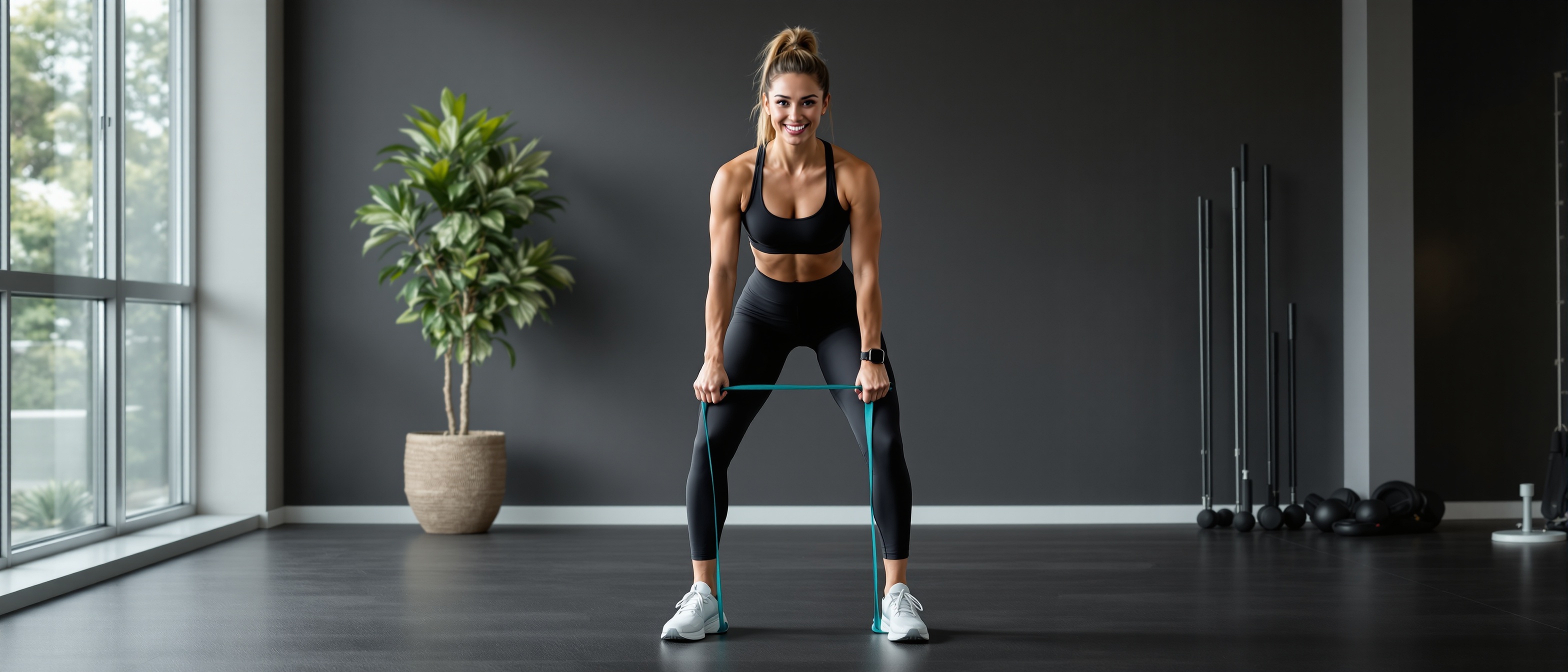The Workout Split Mistake 90% of Gym-Goers Make
Your gym buddy swears by push-pull-legs. Your favorite fitness influencer preaches full-body workouts. Meanwhile, that jacked guy at the squat rack is doing some mysterious upper/lower split you've never heard of.
So who's right?
Here's the thing everyone gets wrong: they're all asking the wrong question. Instead of "Which split is best?" the real question is "Which split fits YOUR life, goals, and recovery capacity?"
Because here's what the fitness industry doesn't want you to know—the "perfect" routine you can't stick to is infinitely worse than the "suboptimal" one you actually do.
What Are Workout Splits? Defining the Options
Think of workout splits as different ways to slice the same pizza. You're still getting all the essential muscle groups, just organized differently across your training week.
Full-Body: Hit everything, every session. Like eating the whole pizza each time.
Upper/Lower: Separate your upper body and lower body into different days. Pizza cut in half.
Push-Pull-Legs (PPL): Push muscles (chest, shoulders, triceps), pull muscles (back, biceps), and legs get their own days. Pizza cut into three strategic slices.
Body Part Splits: Each muscle group gets its own day. Think "chest Monday, back Tuesday." Pizza cut into tiny, specific pieces.
Sounds simple, right? Not exactly.
The magic—or disaster—happens when you match the wrong split to your lifestyle. And most people are making this mistake without even realizing it.
Push-Pull-Legs vs. Upper/Lower and Full-Body
Let's get real about what's actually happening in your muscles.
When you train chest on Monday, those muscle fibers need 48-72 hours to fully recover and grow. This is where splits get interesting—and where most people screw up.
Full-Body (3x per week): You're hitting each muscle group three times weekly, but with lower volume per session. Think of it as frequent, lighter touches. The science? Muscle protein synthesis peaks around 24-48 hours post-workout, then drops. Full-body keeps that synthesis elevated more consistently.
Upper/Lower (4x per week): Each muscle group gets hit twice weekly with moderate volume. It's the Goldilocks approach—not too frequent, not too sparse. Research consistently shows twice-weekly frequency as the sweet spot for muscle growth in most people.
Push-Pull-Legs (6x per week): Each muscle group gets hit twice weekly, but with higher volume per session. You're going deeper into each movement pattern. The catch? This demands serious recovery capacity.
But here's where it gets twisted: the "best" split according to research might be the worst for your actual life.
A 2019 meta-analysis found that training each muscle group 2-3 times per week optimizes growth. But what good is optimal growth if you can only make it to the gym twice a week?
This is where most fitness advice falls apart. It assumes you're a full-time athlete with perfect sleep, nutrition, and unlimited gym access.
You're not. And that changes everything.
Comparative Science: Which Split for Your Goals?
Let's break this down by what you actually want—not what you think you should want.
For Muscle Growth: The research is clear: frequency trumps volume per session. A 2016 study by Schoenfeld found that hitting each muscle twice weekly produced significantly better growth than once weekly, regardless of total volume.
But—and here's the plot twist—only if you can actually execute it consistently.
Full-body wins if you're a beginner or can only train 3 days. Upper/lower dominates if you can commit to 4 consistent days. PPL requires 6 days minimum to be effective—anything less and you're just doing a really inefficient body part split.
For Fat Loss: Here's what the supplement companies won't tell you: your split matters way less than your consistency and total energy expenditure.
Full-body workouts typically burn more calories per session due to higher overall muscle involvement. But PPL allows for more total training volume across the week if you can handle it.
The real winner? Whichever split lets you show up most consistently while maintaining intensity.
For Time Management: This is where things get brutally honest.
Full-body: 3 sessions, 60-75 minutes each. Total commitment: 3-4 hours weekly.
Upper/Lower: 4 sessions, 45-60 minutes each. Total: 3-4 hours weekly.
PPL: 6 sessions, 45-60 minutes each. Total: 4.5-6 hours weekly.
Notice something? Full-body and upper/lower require similar time investments, while PPL demands significantly more.
Yet somehow, PPL has become the default recommendation for beginners. That's like recommending calculus to someone who's still learning algebra.
For Recovery: Here's where age, stress, and sleep quality matter more than your ego wants to admit.
If you're over 35, work a stressful job, have kids, or sleep poorly, PPL might actually slow your progress. Your recovery capacity is finite, and cramming 6 training sessions into a week might exceed it.
Full-body with adequate rest between sessions often produces better results for stressed, under-recovered individuals than higher-frequency splits.
But here's what they don't tell you: the best split is the one that doesn't leave you dreading your next workout.
How to Personalize Your Routine
Forget what works "in theory." Let's figure out what works in your actual life.
Start with these honest questions:
- How many days can you realistically train without it becoming a source of stress?
- How long can each session be before you start rushing or skipping exercises?
- How's your recovery? Are you sleeping 7+ hours and managing stress reasonably well?
- What's your training experience? (Be honest—6 months doesn't make you intermediate.)
The Reality Check Framework:
If you can train 2-3 days consistently: Full-body is your answer. Don't let anyone convince you otherwise. Three solid full-body sessions will outperform any other split done inconsistently.
If you can train 4 days consistently: Upper/lower is the sweet spot. You get the benefits of higher frequency without the time commitment of PPL.
If you can train 5-6 days consistently AND have good recovery: Now we can talk about PPL or other higher-frequency approaches.
The Advanced Move: Once you've been consistent with any split for 6+ months, you can start experimenting. But not before.
Most people jump between splits every few weeks, never giving any approach enough time to work. They're chasing the perfect routine instead of executing a good one consistently.
The Flexibility Factor: Life happens. The best split includes built-in flexibility.
Full-body lets you skip a day without derailing the week. Miss Monday? Hit Tuesday and Friday.
PPL falls apart when you miss a day. Skip push day, and suddenly your week is unbalanced.
This matters more than most people realize.
TL;DR: • Frequency beats volume per session for muscle growth—but only if you can execute consistently • Full-body dominates for 2-3 training days; upper/lower for 4 days; PPL for 5-6 days minimum • Your recovery capacity (age, stress, sleep) matters more than the "optimal" split on paper • The best split is the one you'll actually stick to for months, not weeks • Most people should master full-body before advancing to more complex splits
The fitness industry sells you complexity because simple doesn't seem valuable. But simple, executed consistently, beats complex every single time.
So stop overthinking your split and start optimizing your consistency. Your future self will thank you for it.
Sources
https://www.boostcamp.app/blogs/most-popular-free-workout-routines-from-reddit





